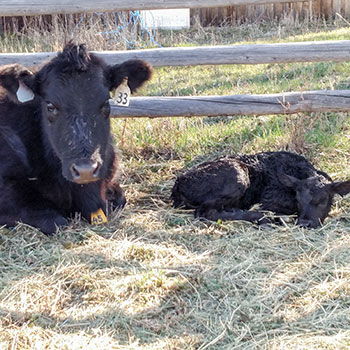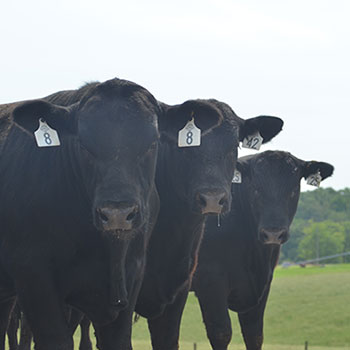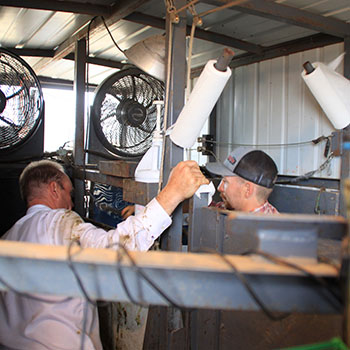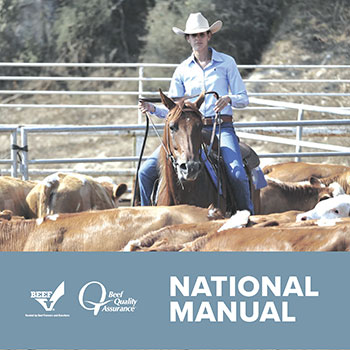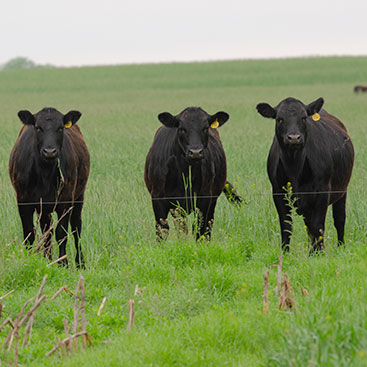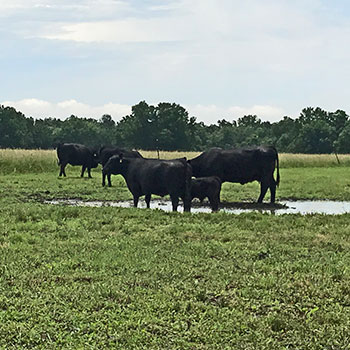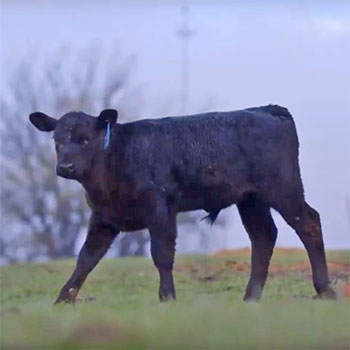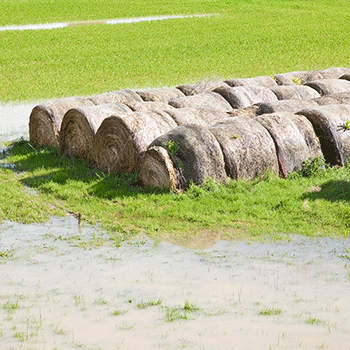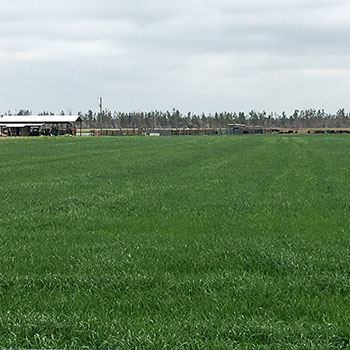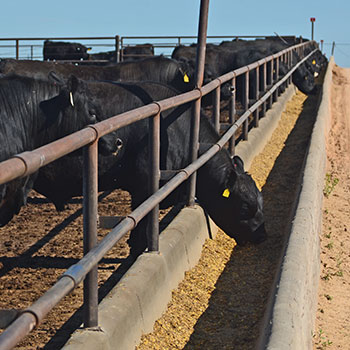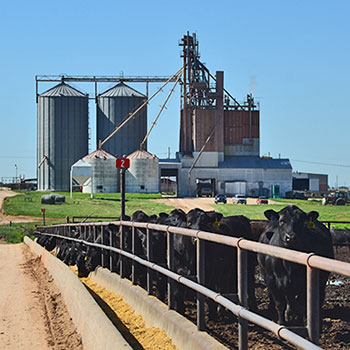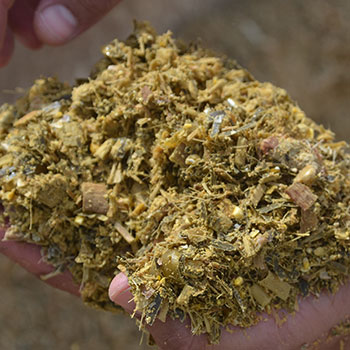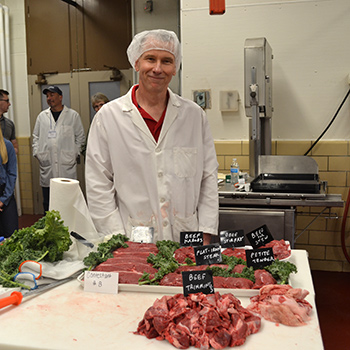
Take Control of Pinkeye
Consider these management practices to keep your herd protected.
Pinkeye is more than an inconvenience in cattle herds. It’s a highly contagious disease that’s painful for animals, can significantly reduce calf growth rates and can even lead to blindness if left untreated.
The good news is there are several management practices most cattlemen can implement to reduce the occurrence and minimize the impact of this common disease.
Prevent injury and infection
Pinkeye is the general term for inflammation or infection of the eye, and its primary cause is the pathogen Moraxella bovis (M. bovis). The disease may result from conditions that irritate the eye, and is often spread by face flies. Protecting cattle from the most common causes of eye irritations and injuries is the best way to minimize the chance of infection.
Control weeds and/or tall grasses. Brushing against tall, rough grass or prickly weeds in pastures is a common source of eye irritation or injury in cattle. Mowing or spraying weeds and brush before they get too tall eliminates the threat.
Provide shade for animals. Being in constant bright sunlight can cause eyes to tear up, which often attracts flies that can carry bacteria.
Minimize dusty conditions, where possible. Airborne dirt and dust can cause eye irritation. When pen or pasture conditions are extremely dry, spraying water reduces the dirt and dust animals can kick up.
Reduce spreading risk
“When pinkeye does develop, it’s important to detect it early to administer appropriate treatment and limit disease spread. It’s good to check for pinkeye daily, or at least every other day during fly season. Look for cattle exhibiting clinical signs, including excessive eye tearing, drainage, blinking or squinting.
These practices will help reduce the risk of spread.
Separate and treat infected animals. Remove infected animals from the rest of the herd, and treat them as soon as possible to interrupt the disease cycle. One face fly could spread pinkeye to several animals in a day. Work with your veterinarian and follow label instructions to provide efficient and effective treatment. Applying a patch over the infected eye can aid healing and prevent disease spread in some instances.
Control flies. Whether you use fly tags, pour-ons, sprays, dust bags or back rubbers, it’s important to implement some form of fly control.
Vaccinate early. The ideal time to vaccinate for pinkeye is 30 days prior to the beginning of fly season to allow a good level of immunity to develop. A single-dose pinkeye vaccine offers convenience and efficacy.
Though the most common one, M. bovis is not the only pathogen that can cause pinkeye. That’s why vaccination is not guaranteed to work 100% of the time; however, it can significantly reduce the clinical signs and severity of the disease if an outbreak occurs.
Handle vaccines properly
A more common reason vaccines don’t work is that they are not handled or administered according to label directions. The product might need to be refrigerated until use, and kept out of direct sunlight. A clean, sterile syringe should always be used so no cross-contamination occurs with other products or with a disinfectant. Also, the correct dose should be given in the right manner.
With a vaccine, you’re paying for a technology. To get the most out of it, you need to follow label directions.
Editor’s note: DL Step is a professional services veterinarian with Boehringer Ingelheim.
